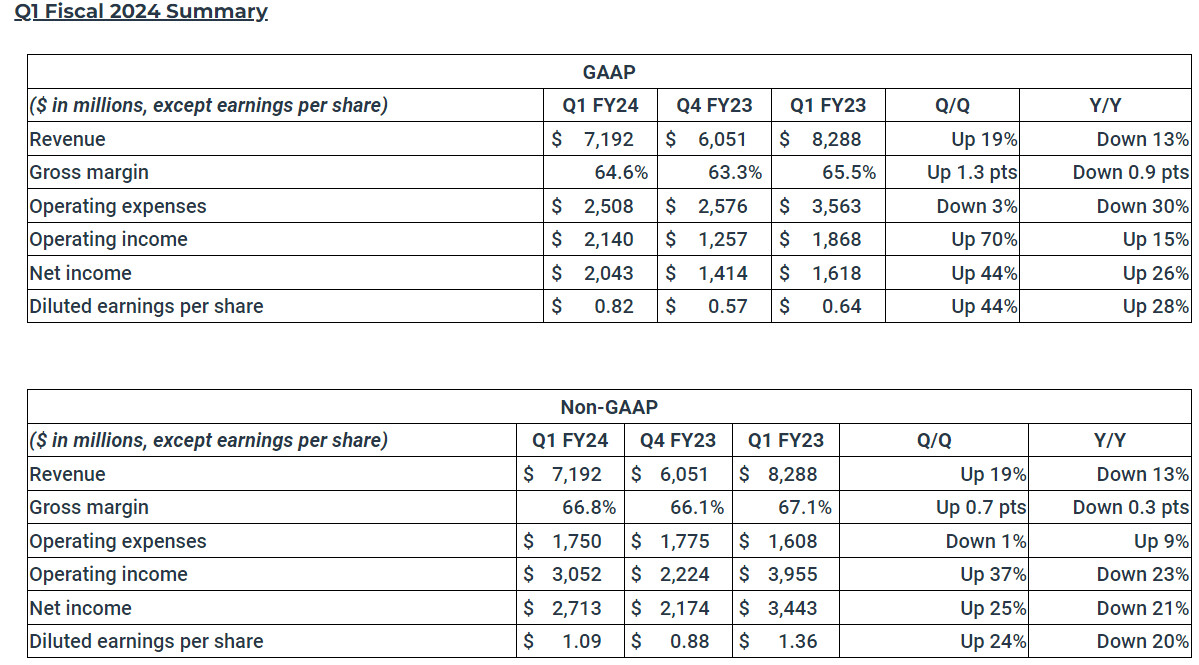TheLostSwede
News Editor
- Joined
- Nov 11, 2004
- Messages
- 18,526 (2.48/day)
- Location
- Sweden
| System Name | Overlord Mk MLI |
|---|---|
| Processor | AMD Ryzen 7 7800X3D |
| Motherboard | Gigabyte X670E Aorus Master |
| Cooling | Noctua NH-D15 SE with offsets |
| Memory | 32GB Team T-Create Expert DDR5 6000 MHz @ CL30-34-34-68 |
| Video Card(s) | Gainward GeForce RTX 4080 Phantom GS |
| Storage | 1TB Solidigm P44 Pro, 2 TB Corsair MP600 Pro, 2TB Kingston KC3000 |
| Display(s) | Acer XV272K LVbmiipruzx 4K@160Hz |
| Case | Fractal Design Torrent Compact |
| Audio Device(s) | Corsair Virtuoso SE |
| Power Supply | be quiet! Pure Power 12 M 850 W |
| Mouse | Logitech G502 Lightspeed |
| Keyboard | Corsair K70 Max |
| Software | Windows 10 Pro |
| Benchmark Scores | https://valid.x86.fr/yfsd9w |
Just the tiny fact that everyone seems to hate all the GPUs below the 4080.Does the 4060ti max out the ad106 chip? If so, not sure how a Super sku could be introduced, unless the host bus, bus width and memory configuration is changed.
Since there were no Super skus with the 30 series, my assumption is that those were a one-time run. Just my opinion, but I could be wrong. I am curious, what makes you think otherwise other than yields?
A refresh could mend this issue, assuming Nvidia can do something about the memory support.








 The days. That quad core is still working in my HTPC lol.
The days. That quad core is still working in my HTPC lol.